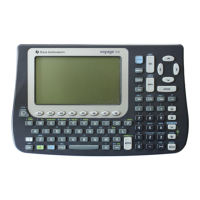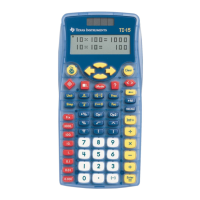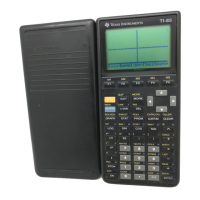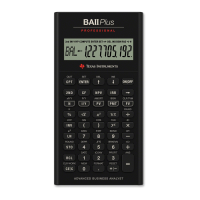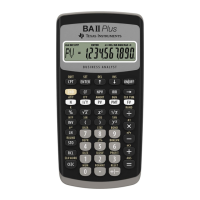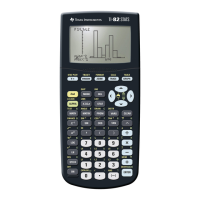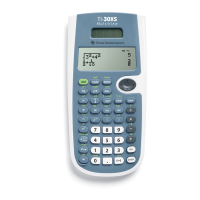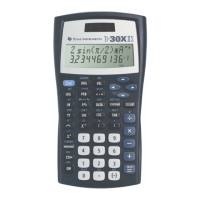Differential Equation Graphing 419
Exploring a Graph
Exploring a GraphExploring a Graph
Exploring a Graph
As in function graphing, you can explore a graph by using the following tools. Any
displayed coordinates are shown in rectangular or polar form as set in the graph format.
Tool For Differential Equation Graphs:
Free-Moving
Cursor
Works just as it does for function graphs.
„ Zoom
Works just as it does for function graphs.
•Only x (xmin, xmax, xscl) and y (ymin, ymax, yscl)
Window variables are affected.
•The
t Window variables (t0, tmax, tstep, tplot) are not
affected unless you select
6:ZoomStd (which sets all
Window variables to their standard values).
… Trace
Lets you move the cursor along the curve one tstep at a
time. To move approximately ten plotted points at a time,
press 2B or 2A.
If you enter initial conditions in the Y= Editor or let the
ncurves Window variable plot curves automatically, you
can trace the curves. If you use:
HŠ
IC from the Graph screen to select initial conditions
interactively, you cannot trace the curves.
QuickCenter applies to all directions. If you move the
cursor off the screen (top or bottom, left or right), press
¸ to center the viewing window on the cursor location.
Use
C or D to view results on all plotted curves.

